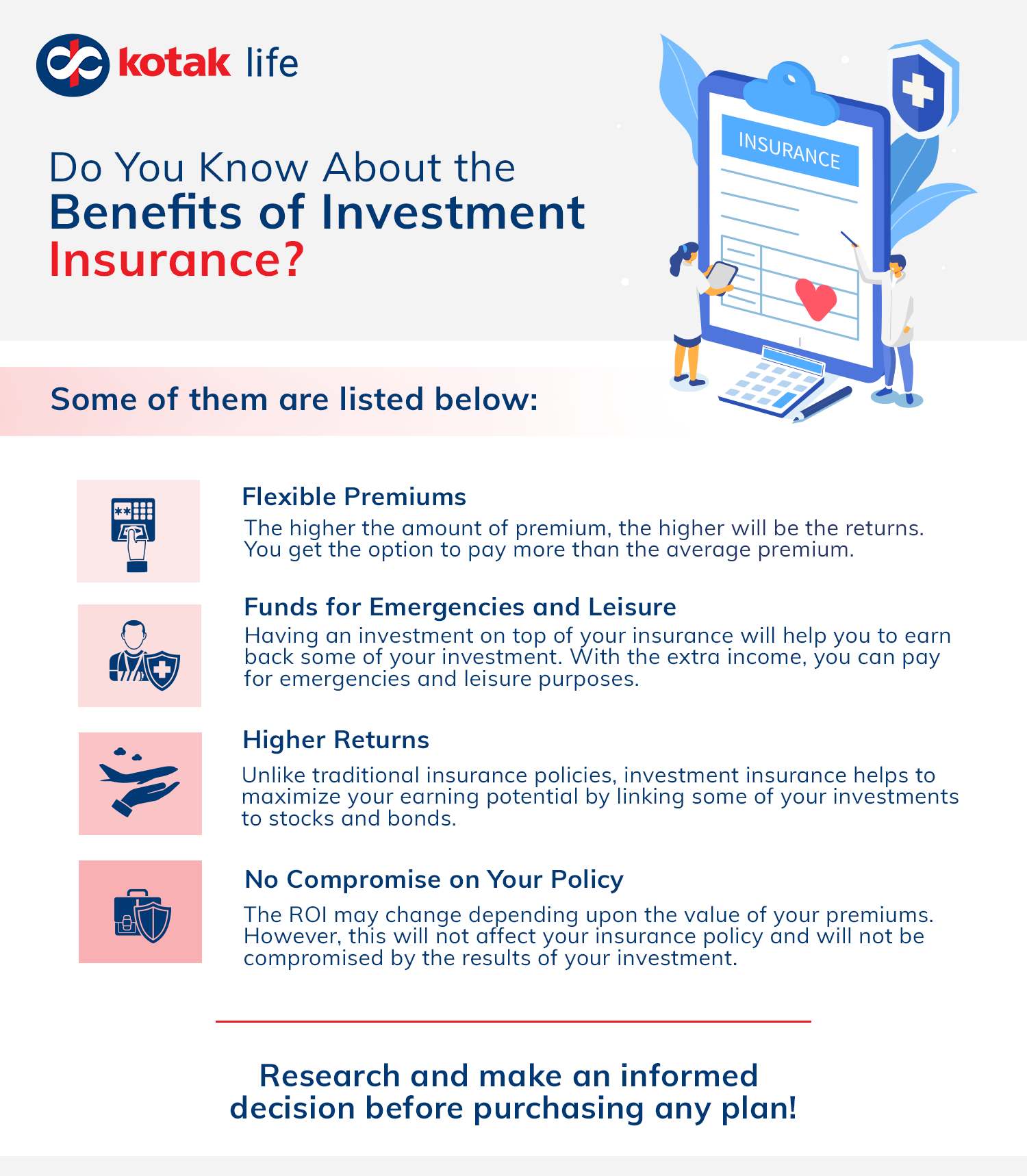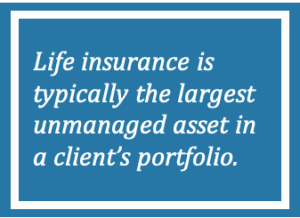A Biased View of Pacific Prime
A Biased View of Pacific Prime
Blog Article
The 9-Second Trick For Pacific Prime
Table of ContentsThe Only Guide to Pacific PrimeFacts About Pacific Prime UncoveredThe 15-Second Trick For Pacific PrimeThe Best Strategy To Use For Pacific Prime
In most states, the insurance firm is called for to send you a duplicate of the adjustments to your plan. It is very important that you review Recommendations or Cyclists so you recognize just how your plan has actually transformed and if the plan is still ample to satisfy your demands. To obtain a duplicate of your insurance coverage, please contact your insurance agent or firm.
The Institute of Medication (IOM) Board on the Effects of Uninsurance launches a prolonged exam of evidence that addresses the significance of wellness insurance policy protection with the magazine of this report. Coverage Issues is the very first in a series of 6 records that will be issued over the following two years documenting the reality and effects of having actually an approximated 40 million individuals in the USA without medical insurance protection.

What Does Pacific Prime Do?
The objective of this series of studies is to refocus plan focus on a longstanding problem. Complying with the lengthiest financial development in American background, in 1999, an approximated one out of every 6 Americans32 million adults under the age of 65 and more than 10 million childrenremains uninsured (Mills, 2000).

Ten percent of the population represent 70 percent of wellness care expenditures, a relationship that has actually continued to be continuous over the previous 3 years (Berk and Monheit, 2001) - global health insurance. Thus medical insurance remains to serve the feature of spreading danger even as it significantly funds regular treatment. From the viewpoint of healthcare suppliers, insurance carried by their patients helps secure an income stream, and neighborhoods benefit from economically feasible and secure health and wellness treatment specialists and institutions
Federal government gives health insurance coverage to populaces whom the private market may not serve effectively, such as impaired and seniors, and populaces whose access to healthcare is socially valued, such as children and expectant females. The utmost ends of medical insurance coverage for the individual and areas, consisting of office communities of employees and employers, are improved health and wellness end results and lifestyle.
Some Of Pacific Prime
Employees rank medical insurance first by much in relevance amongst all the benefits supplied in the workplace (Salisbury, 2001). Although there have actually been sizable financial investments of personal and public funds to supply medical insurance, lots of people still have no coverage. In spite of extensive coverage of survey findings and wellness care research study results, the public continues to be confused and mistaken concerning Americans without medical insurance and the implications of lacking protection.

Without doubt, the complexity of American health care funding mechanisms and the wide range of resources of information include in the general public's confusion and apprehension regarding medical insurance data and their interpretation. This record and those that will certainly adhere to goal to boil down and offer in readily reasonable terms the considerable study that births on questions of health insurance coverage and its significance.
Fifty-seven percent of Americans surveyed in 1999 thought that those without medical insurance are "able to obtain the treatment they require from doctors and health centers" (Blendon et al., 1999, p. 207). In 1993, when national focus was concentrated on the troubles of the uninsured and on pending health and wellness care regulations, simply 43 percent of those surveyed held this belief (Blendon et al., 1999).

They also receive less precautionary services and are much less most likely to have regular look after persistent conditions such as hypertension and diabetes. Persistent conditions can bring about pricey and disabling complications if they are not well handled (Lurie et al., 1984; Lurie et al., 1986; Ayanian et al., 2000). One find more information national study asked more than 3,400 adults regarding 15 highly severe or morbid conditions.
Little Known Questions About Pacific Prime.
Extra proof is presented later on in this phase in the discussion of insurance and accessibility to healthcare. https://pubhtml5.com/homepage/pspip/. Individuals without medical insurance are young and healthy and balanced and choose to do without protection. Virtually fifty percent (43 percent) of those surveyed in 2000 thought that people without wellness insurance are more probable to have wellness issues than individuals with insurance coverage
Citizens and policy manufacturers in focus team conversations characterize those without insurance as youths who have the possibility to be covered and feel they do not require it (Doorperson Novelli, 2001). Contrasted to those with at the very least some exclusive coverage, the uninsured are much less most likely to report being in exceptional or great health (Company for Healthcare Research and Top Quality, 2001).
SOURCE: Center for Expense and Financing Researches, Company for Healthcare Study and Top quality, based on MEPS information. Young grownups between 19 and 34 are much a lot more most likely to lack medical insurance than any kind of other age. This is mainly due to the fact that they are less typically qualified for employment-based insurance policy due to the nature of their task or their brief period in it.
The assumption that people without insurance coverage have better-than-average wellness follows from perplexing the relatively young age profile of the uninsured with the far better health and wellness, generally, of more youthful persons. This obscures the web link in between health and wellness status and wellness insurance coverage. For those without access to office wellness insurance policy, inadequate wellness is a potential barrier to purchasing nongroup coverage since such protection may be extremely valued, leave out pre-existing conditions, or be just not available.
Report this page